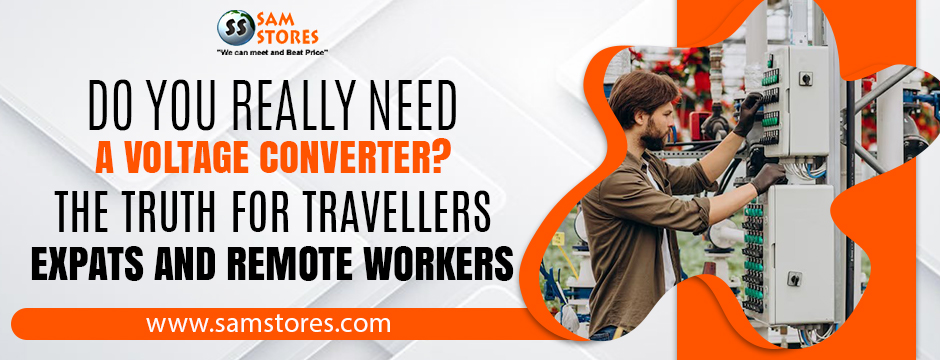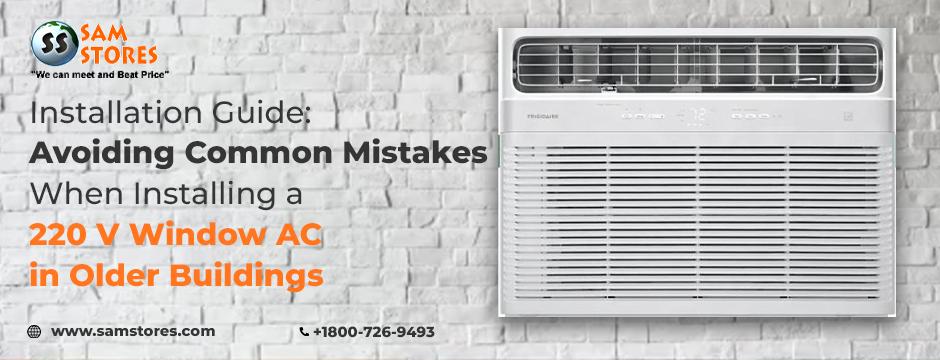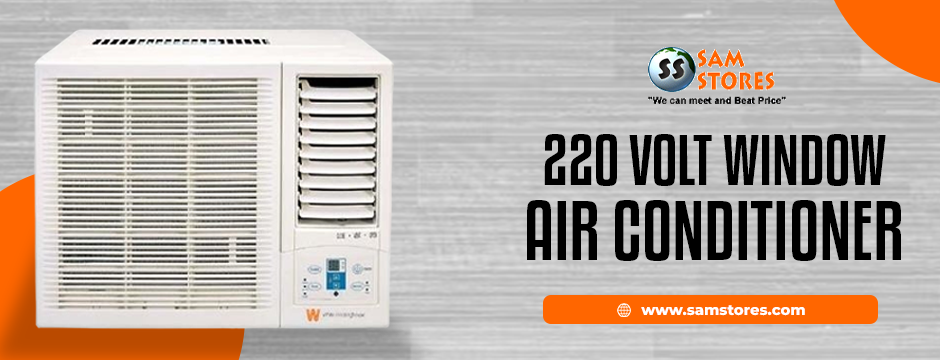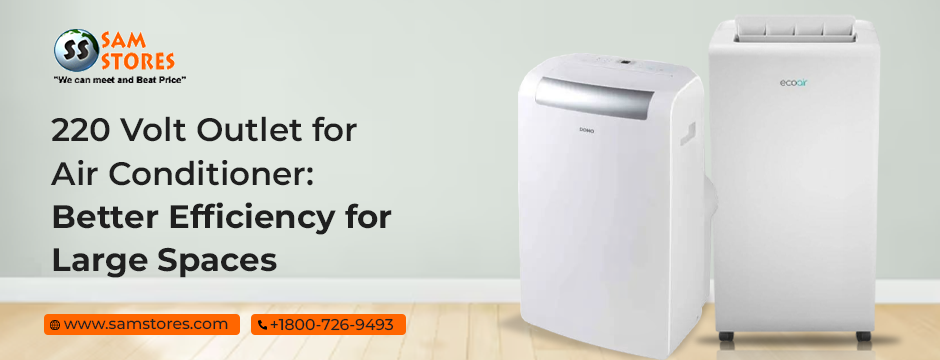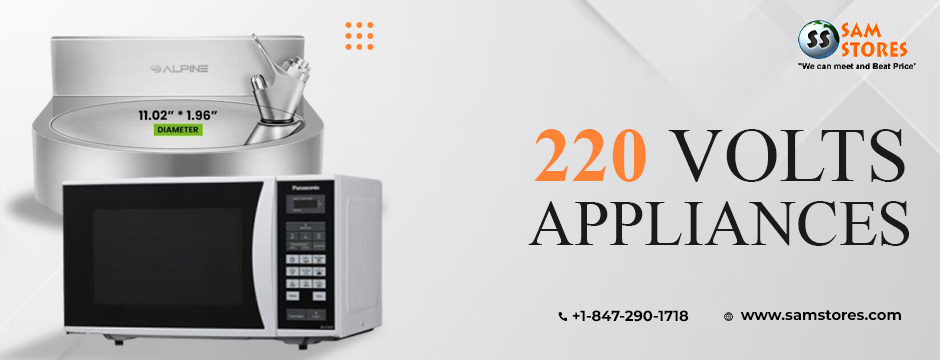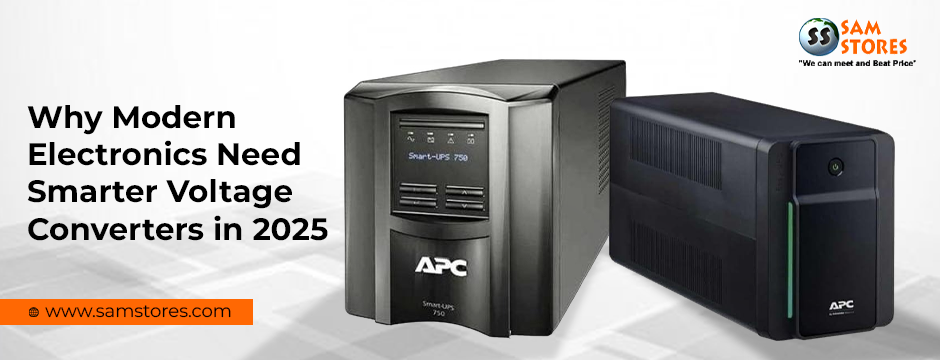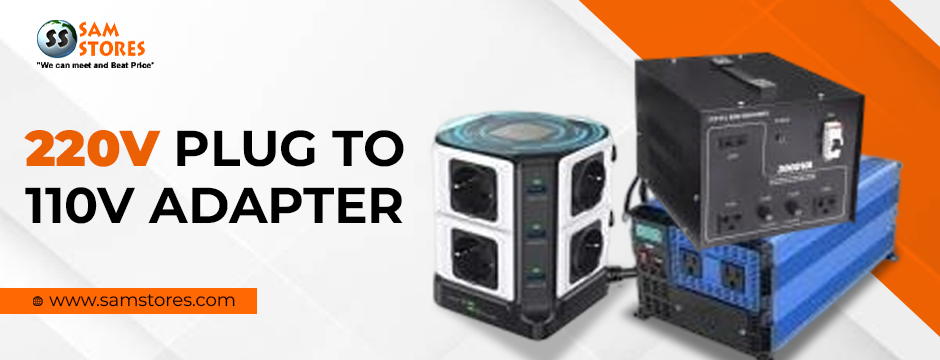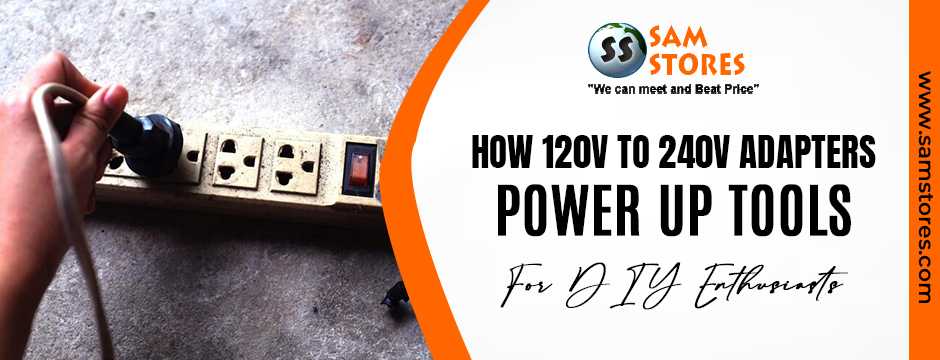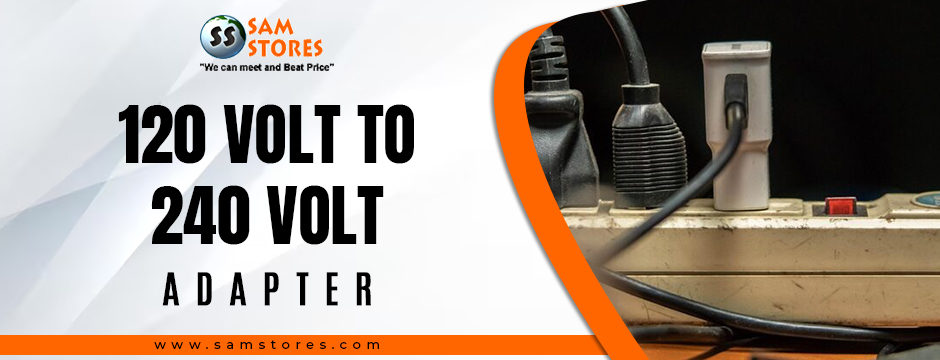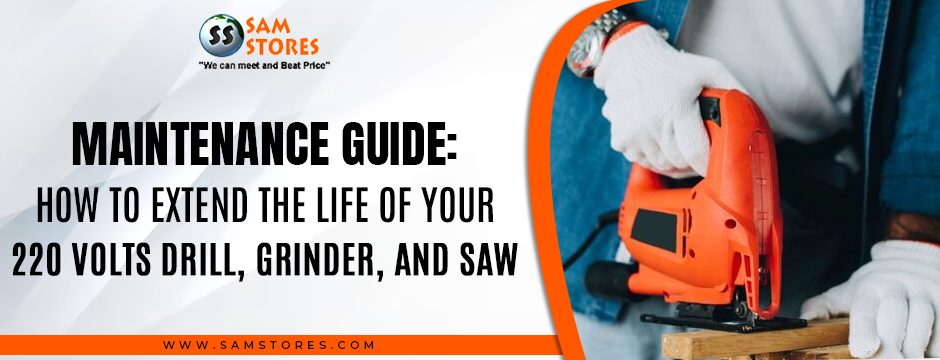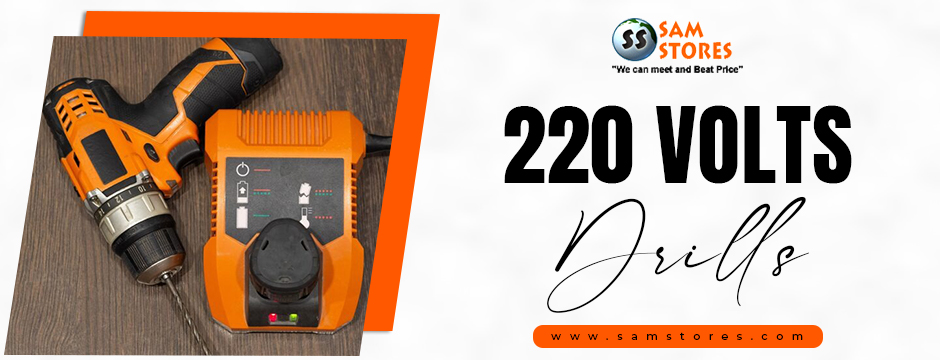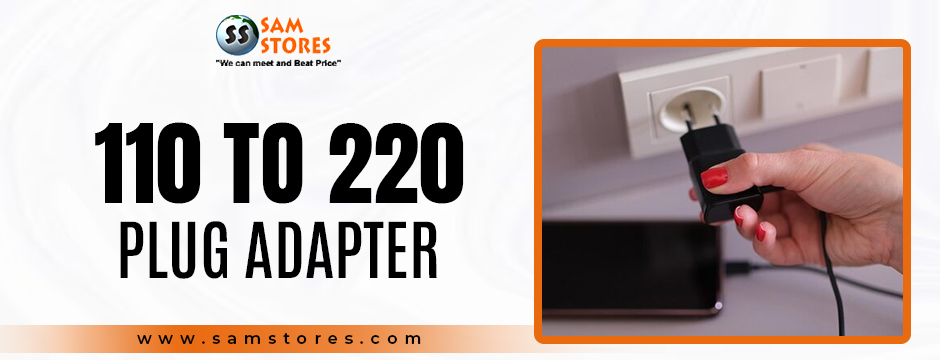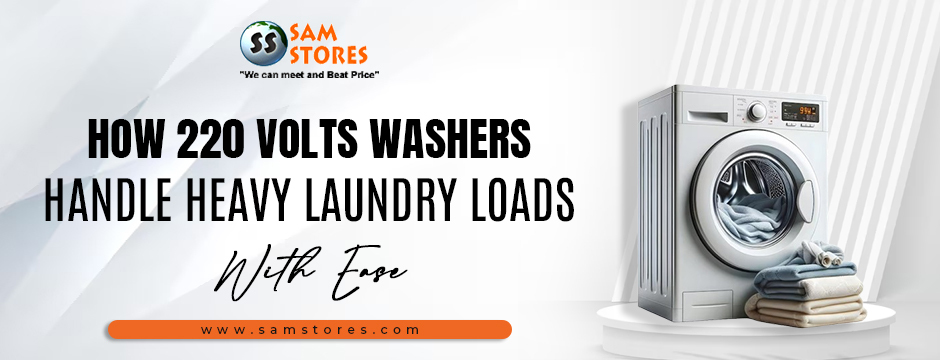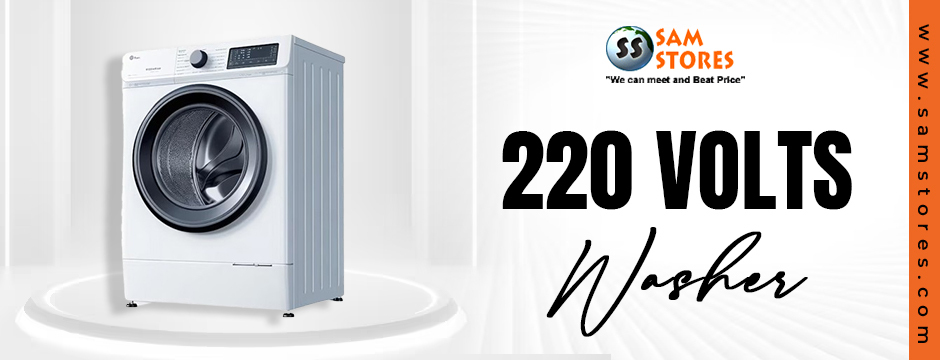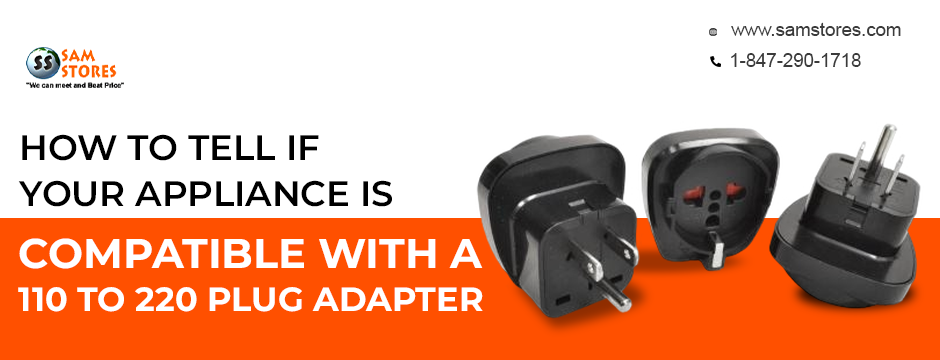If you have ever packed for a long trip, moved to another country or tried working from a new destination, you already know the stress that comes with power sockets. You pick up your laptop charger, camera battery or hair styling tool, look at the plug and wonder if it will survive the trip. Many people shrug and say it will probably work. Others buy the first cheap adapter they find online. A few only think about it when smoke starts coming out from the appliance.
The biggest confusion comes from a simple misunderstanding. Most people think a plug adapter and a voltage converter are the same thing. They are not. The difference matters a lot because the wrong choice can destroy your gadgets within a few seconds.
At Sam Stores, we talk to thousands of travellers and expats every year. The stories we hear are nearly identical. Someone brings a high end hair dryer from the US to Europe. They plug it into a small plastic adapter and within ten seconds, there is a burning smell. Another person tries to use a gaming console in the Middle East and suddenly it shuts down forever. Many of these problems could be avoided with one tool, which is a voltage converter for electronics.
This guide is written for anyone who wants a clear, practical explanation without technical jargon. By the end, you will know when you truly need a converter, when a simple adapter is enough and how to avoid expensive mistakes that can easily ruin your devices.
Why Countries Use Different Voltage Levels
Most countries use either 110 to 120 volts or 220 to 240 volts. The United States, Canada, Japan and a few others use the lower range. Europe, Asia, Africa, Australia and the Middle East use the higher range. None of this matters when you live in the same place for years. The moment you cross borders, it matters more than many people expect.
When you plug a 110 volt device into a 220 volt outlet, the appliance receives almost double the electricity it is built to handle. That is why it burns out. When you plug a 220 volt device into a 110 volt outlet, it usually will not turn on at all because it is not getting enough power. This is where a converter adapter 110v to 220v or a step down converter becomes important.
Adapter vs Converter: Why the Difference Matters
A plug adapter only changes the shape of the plug so you can insert it into the wall. It does not change electricity. It is like putting a square peg into a round hole by adding a little plastic sleeve. Nothing changes except the shape.
A voltage converter changes the actual power. It adjusts the incoming electricity so your device receives the voltage it expects. It protects your equipment and keeps it operating safely.
A simple way to remember it:
- If the plug doesn’t fit, you need an adapter.
- If the voltage doesn’t match, you need a converter.
- Most travellers need both.
Do Modern Electronics Need a Voltage Converter?
You may have heard that laptops, phone chargers and modern gadgets do not require a converter. This is partly true. Many chargers and power bricks are designed to support a wide range of voltages. You can check this by reading the fine print on the charger. It usually says something like “100 to 240V”. If that is printed on the device, then it can function in almost any country with only a plug adapter.
However, this rule does not apply to all electronics. Many popular devices still need a converter such as:
- Hair dryers
- Curling irons
- Beard trimmers
- Coffee machines
- Kitchen mixers
- Gaming consoles
- Audio speakers
- Older camera chargers
- Mechanical equipment
Even today, a surprising number of brands do not include dual voltage support on these items. That is why the safest choice for travellers and expats who carry multiple devices is to pack a voltage converter for electronics that can handle various wattage levels.
Travel Adapters: When They Are Enough
A lot of travellers only carry a universal adapter. This works if:
- All your chargers and devices say 100 to 240V on the label
- You are using low wattage devices like phones, tablets, power banks or Bluetooth earphones
- You mainly work from hotels, cafes and coworking spaces
If you fall into this group, then a converter might not be essential for you. Still, always double check the voltage label. A few seconds of reading can save you from replacing expensive gear.
When You Absolutely Need a Voltage Converter
A converter becomes essential when:
- Your appliance is single voltage.
If it says “110V only” or has no voltage range, it is not safe to plug it in abroad.
- Your device needs consistent and stable power.
Many electronics like gaming consoles, studio equipment or medical devices need stable current.
- You are using heat based devices.
Hair tools, kettles, steamers and irons often require a converter due to high wattage.
- You are moving abroad permanently.
Expats who bring their home appliances usually need converters for most items.
- You are a remote worker switching countries often.
A reliable converter is better than searching store to store every time you land.
A converter adapter 110v to 220v is especially useful for people from the US who travel to Europe or Asia. For the opposite direction, a step down converter from 220 to 110 volts will keep your foreign electronics protected in North America.

Which Converter Should You Choose
Not all converters are the same. The right choice depends on what you want to power.
Low Wattage Converter
Good for laptops, cameras, phones, routers and similar items. Most travellers use this type.
High Wattage Converter
Designed for heavy appliances such as hair dryers, kitchen tools, heating devices and gaming systems.
Step Up Converter
If you want to use a 110 volt appliance in a 220 volt country, you need this.
Step Down Converter
If you want to use a 220 volt appliance in a 110 volt country, this is the one.
Many people buy a converter without checking wattage. This is dangerous because if your device needs 1500 watts and your converter supports only 500, the converter will overheat or shut down.
At Sam Stores, we always suggest choosing a converter that offers more wattage capacity than your device needs. This gives your electronics enough room to run safely without strain.
How to Avoid Damaging Your Devices
Here are the most common mistakes people make:
- Plugging a high wattage appliance into a low wattage converter.
- Using only a plug adapter for a single voltage device.
- Buying a cheap converter that overheats within minutes.
- Using multiple extension cords with converters.
- Not checking frequency differences between 50Hz and 60Hz for motors.
The safest approach is to always read the label on your device and choose a converter that supports more wattage than you need. A good converter is an investment that protects your electronics for years.
Why Buy a Converter from Sam Stores
Customers choose us because we offer converters that are reliable for regular travellers, professionals and families living overseas. Our products are tested, stable and built to handle real world usage. Many customers purchase their second or third converter from us when they move again or buy new appliances.
If you want help choosing the right model, our support team can guide you based on your appliances, travel plans and country voltage. You do not have to guess or worry about picking the wrong device.
Final Thoughts
You do not need a voltage converter every time you travel, but you do need to know when it is required. A plug adapter helps you fit your device into the wall. A converter protects your electronics by providing the voltage they expect. For anyone carrying expensive gear, heat based appliances or high wattage tools, a voltage converter for electronics is the safest and most practical choice.
Whether you are taking a short trip, planning a digital nomad lifestyle or moving abroad, having the right converter ensures that your devices stay safe and functional. It removes the stress of guessing and lets you focus on your journey.
If you want expert advice or are looking for a dependable converter that suits your needs, Sam Stores is always ready to help.
